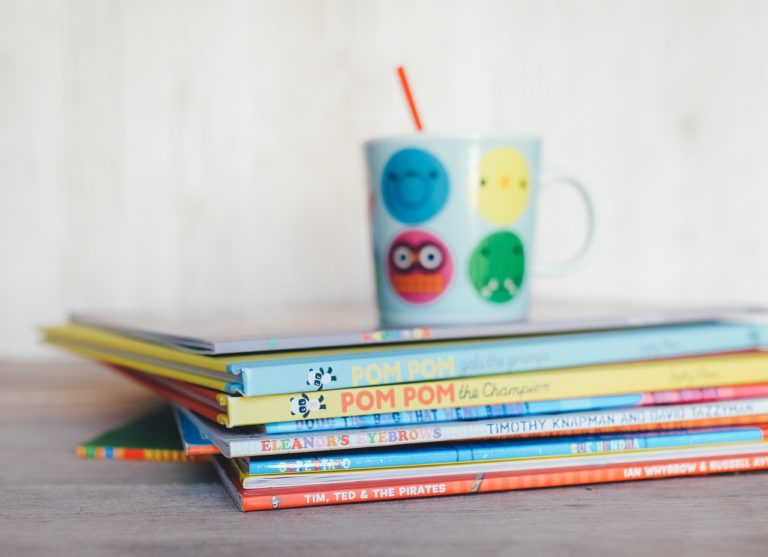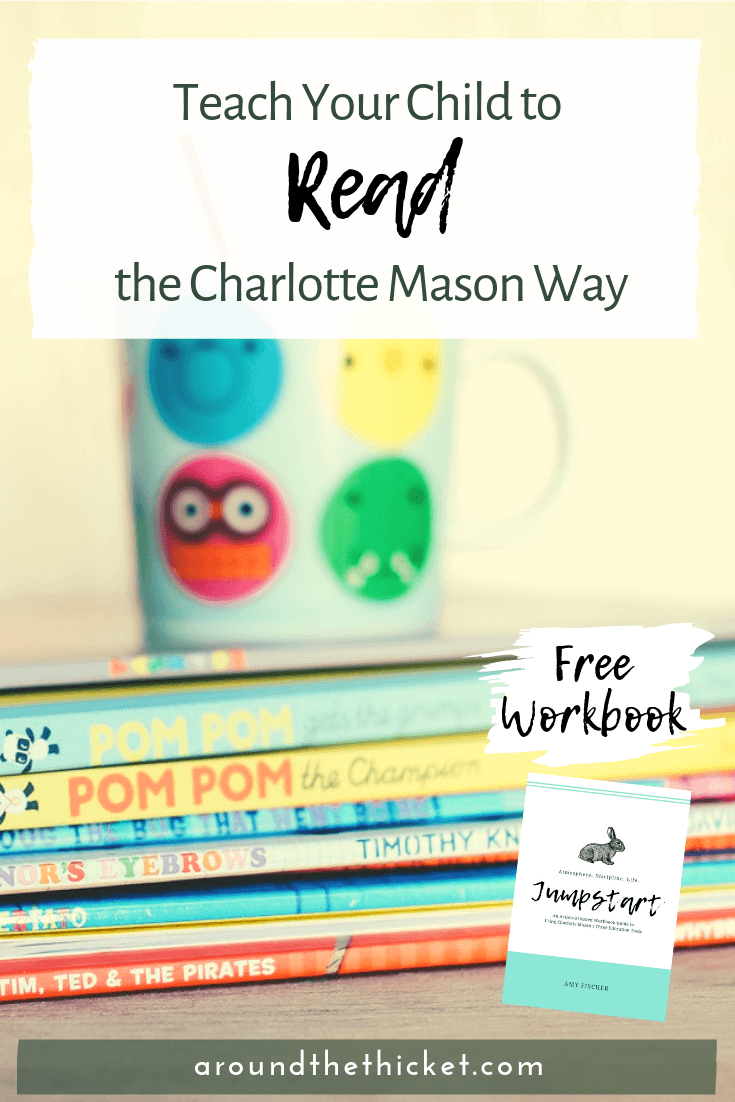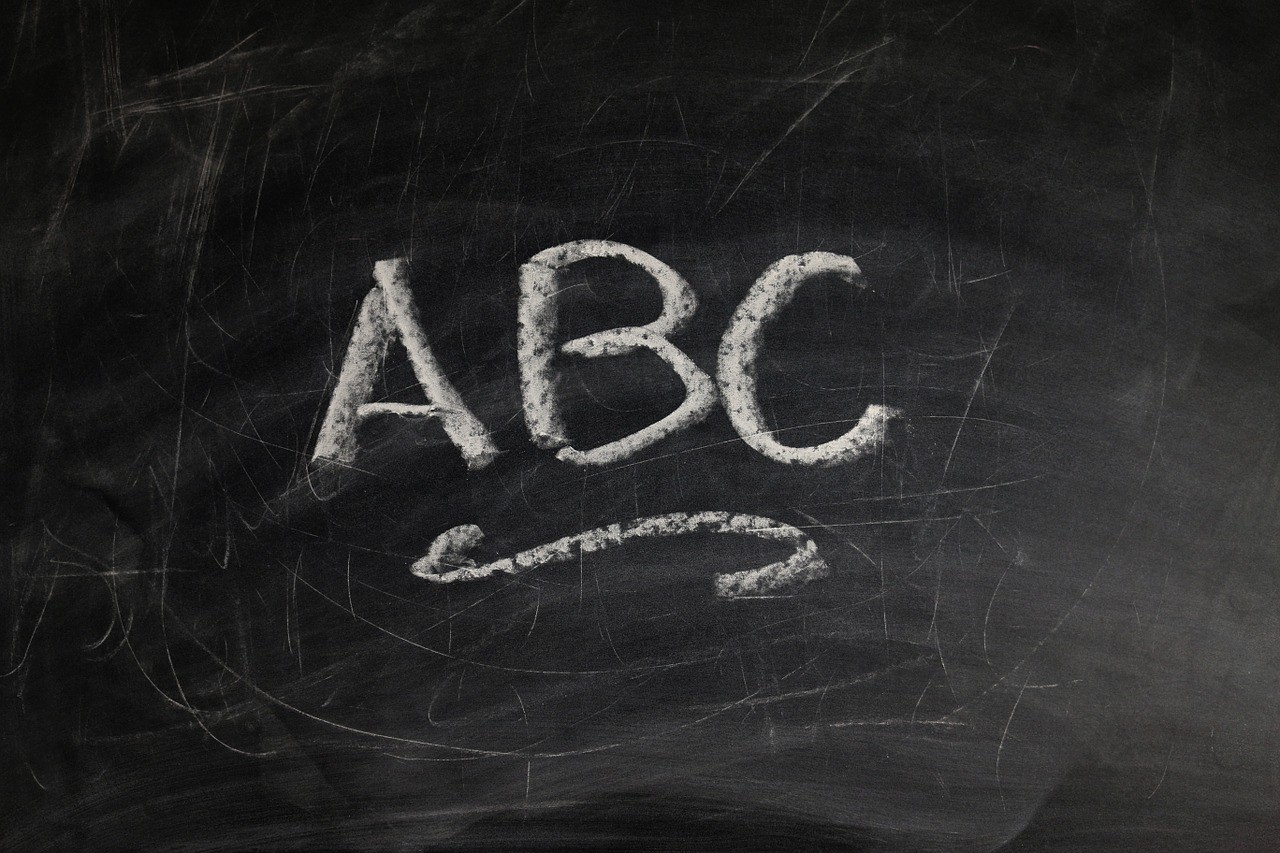Teaching Reading the Charlotte Mason Way – Getting Started
It’s easy to think that there isn’t much to do school-wise for the first six years of a child’s life when you plan to home educate the Charlotte Mason way. She assertively states in her writing that a mother’s (modern-day me reads that as ‘parent’s) chief responsibility is to make sure that a child’s first several years are mostly passive. They shouldn’t be actively ‘taught’, and should be allowed to direct their time and play as much as possible.
There are a few areas where she diverts from this. For example, she suggests that children should have a brief lesson in a foreign language every day. And interestingly, she allows for parents to teach their young children to read. (It’s delightful, she says, and who really could resist?).
What’s really exciting about this is how firm Miss Mason is that the child is the one who leads this learning process. It doesn’t come from the parent.
Getting Ready to Learn to Read
Miss Mason states, first of all, that learning to read begins ‘whenever (the child’s) box of letters begins to interest him’. So, for Christmas, I bought a sheet of galvanized steel from a local manufacturer, and some magnetic letters from Amazon (affiliate link).
Today, two months later, N noticed a magnet on the board at breakfast and asked what it was.
‘It’s a W,’ I said.
‘What words start with W?’.
‘Oh, water, William, wiggle,’ I replied. We both wiggled in our seats.
He asked for more letters. We went through several, pulling out his animal magnets when the name of the animal started with the letter we were discussing. Our conversation lasted until breakfast was over, and G (nearly 2) wanted to play the ‘knock all the magnets off the board’ game.

The Keys to Child-Led Literacy
Our conversation this morning was beautiful. As casual as it was, I think it really embodied what Miss Mason had in mind about young children developing the skills they need to read.
- I made the alphabet accessible. They can’t show interest in a box of letters if there isn’t one present.
- I waited for N to initiate the conversation. ‘Readiness is when they do it’ is a quote I love from Magda Gerber, which perfectly applies with literacy.
- Our conversation was fun. We wiggled in our seats for ‘W’, we dug around in the box for more ducks for ‘D’. ‘There is nothing against (a young child naming letters) so long as the finding and naming of letters is a game to him.’
- The conversation ended naturally. Breakfast ended, N went on to play with other things, and G pulled all our magnets down. I could have tried to keep the little guy from destroying the display of magnets, and attempted to keep N engaged in a conversation, but the moment had passed. ‘But he must not be urged, required to show off, teased to find letters when his heart is set on other play.’
Miss Mason is clear that learning letters at a young age should be child-initiated and playful. This playfulness is how teaching early literacy skills in the early years even fits into her philosophy. Yes, the parent is taking a more active role in the child’s learning, but it is a responsive activity, and incredibly conscious to maintain a lighthearted, non-performance oriented atmosphere.

Extending a Child’s First Interest in the Alphabet
Miss Mason offers a few ideas for how to capitalize on a child’s interest in his letter box. Firstly, by you and the child drawing the letters in the air, which is a great gross motor activity. This is what I’m looking forward to doing with N.
Secondly, Miss Mason suggests letting the child draw letters in a tray of sand, which is becoming more of a fine motor skill.
Finally, but not exclusively, together you can emphasize the sound of the letter at the beginning of words, and eventually on it’s own.
Let him say d for duck, dog, doll, thus: d-uck, d-og, prolonging the sound of the initial consonant, and at last sounding d alone, not dee, but d‘, the mere sound of the consonant separated as far as possible from the following vowel.

The Guiding Principle for Early Literacy
The golden rule of literacy in the early years: Do. Not. Rush.
I think we as parents can get so excited by what our child is learning that we overwhelm our kids with our enthusiasm. The trouble is that children can too easly translate our excitedment into pressure and expectations that we never mean to convey. So while I’m glad to be ‘armed’ with some simple ways to extend my child’s interest in the alphabet, I’m doing my best to stay in a place of observation. Interest in the alphabet will probably ebb and flow over the next few years, but as Miss Mason says, ‘There is no occasion to hurry the child’.
All quotes from Charlotte Mason are from Home Education, Volume One.
This post is part of my Charlotte Mason and the Early Years series.
A letter from me to you, every week.
Like this post? Join the Around the Thicket newsletter for more ideas, encouragement, and inspiration for your Charlotte Mason journey. You’ll also receive my audio read-along of Charlotte Mason’s School Education. Not sure? Find out more.



One Comment